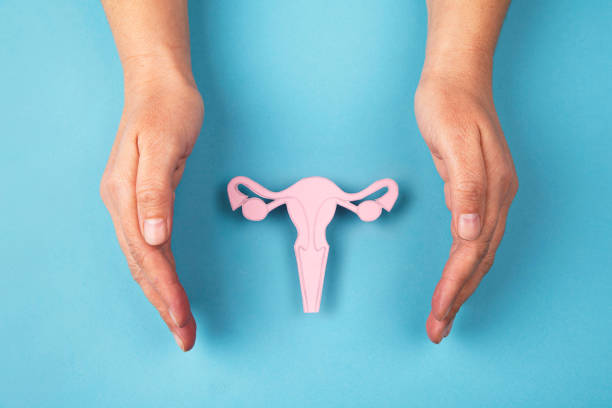
Ovulation is characterized as the release of an egg from the ovary during a woman's menstrual cycle, facilitating conception. For those who are trying hard to either conceive or avoid pregnancy, recognizing the signs ovulation is over is essential. This article will analyze seven vital signs that indicate that ovulation has ended, thereby empowering women to better understand their bodies and fertility.
Signs that indicate that ovulation is over include a number of signs that you need to know.
As the fertilized window draws to a close, there are several signs that indicate ovulation has ended. Here are the seven signs you need to know:
1. Basal Body Temperature Drop (BBT)
During ovulation, a woman's basal body temperature (BBT) typically rises due to elevated progesterone levels. However, just before the menstrual period, the BBT typically falls back to its lower range. Monitoring BBT can aid in predicting when ovulation has been initiated and when it's waning.
2. Cervical Mucus Variations
During ovulation, cervical mucus appears clear, slippery, and stretchy, resembling the consistency of raw egg whites. Once ovulation concludes, the mucus will become cloudy and gradually disappear. Monitoring these fluctuations can assist in detecting the end of ovulation, aided by finding the most likely cause.
3. There is a reduction in libido during the fertile window, which may lead to an increase in the estrogen level.
During the fertile window, the hormonal fluctuations associated with ovulation can result in an increase in libido. As ovulation finishes, hormone levels begin to settle down, and libido typically returns to normal.
4. During ovulation, the pain usually subsides.
Some women may experience mild pelvis pain or twinges during ovulation, also known as mittelschmerz. Eventually, this discomfort will cease.
5. Changes in the position of the cervix are observed during ovulation.
During ovulation, the cervix is elevated, softer, and more open to allow sperm to pass through the uterus efficiently. As ovulation ends, the cervix gradually shifts downwards towards a lower and firmer position.
6. Negative ovulation is indicated by a predictor kit (opk) and implies a result which may vary.
Using an Ovulation Predictor Kit (OPK) can assist in detecting the surge in luteinizing hormone (LH) that occurs prior to ovulation. A positive OPM indicates that ovulation is approaching. Once ovulation occurs, the test results will default to negative.
7. Menstrual symptoms begin to occur naturally.
As ovulation ceases, premenstrual symptoms may begin to develop. These can be characterized as bloating, breast tenderness, mood swings, and mild cramping. These symptoms indicate that menstruation is approaching.
Conclusion
Recognizing the letter signs ovulation is over is crucial for women wishing to conceive or gain a better understanding of their menstrual cycle. Observing basal body temperatures, observing cervical mucus changes, monitoring libido, and paying attention to ovulation pain can all help in recognizing when ovulation is terminating. Additionally, using an Ovulation Predictor (OPK) and observing cervical position can provide valuable information regarding when ovulation is occurring. Recognizing these signs empowers women to take charge of their fertility and reproductive health.